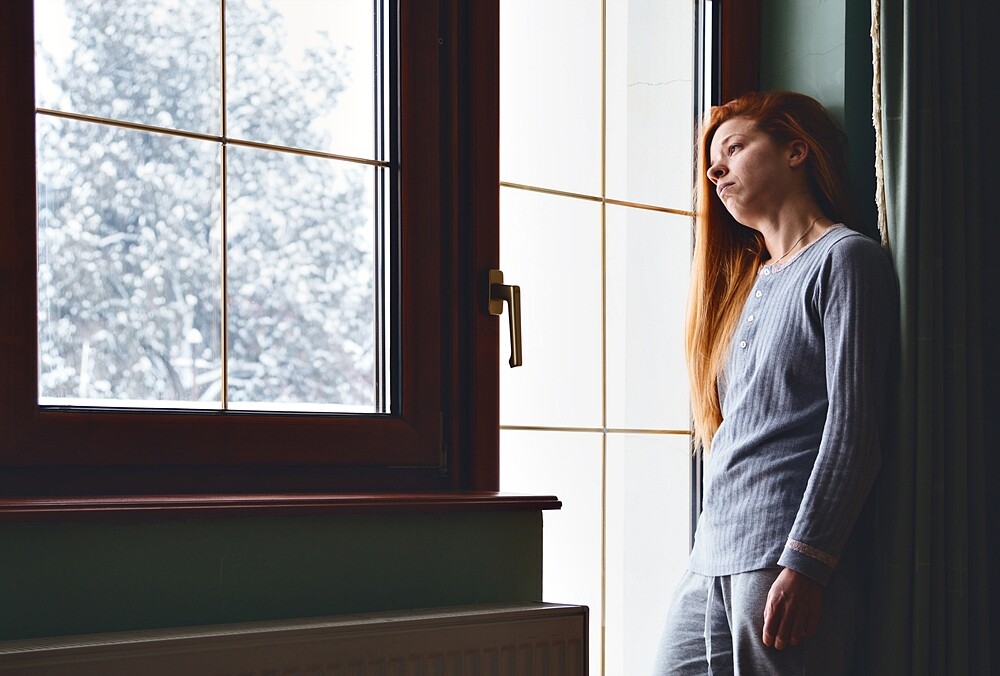Winter depression can occur especially in the dark season. What exactly the phenomenon is, what helps and how to avoid a winter depression, you can find out here!
What is a winter depression?
Winter depression occurs mainly in the dark season, i.e. in autumn and winter. It is therefore a so-called seasonal affective disorder (SAD). Those affected feel tired, listless and melancholic due to the uncomfortable cold and darkness. Experts suspect above all the lack of light in winter as the cause of depression, but hormones, genes and stress are also risk factors.
Why does little light cause winter depression?
When it gets dark outside, the body releases the hormone melatonin, which makes us sleepy and depresses our mood. Due to the low light intensity in winter, more melatonin is generally released during the dark season, which increases the risk of depression.
Depression: Does serotonin cause illness?
The “happiness hormone” serotonin also appears to be involved in the development of winter depression. This is because the body converts serotonin, which among other things is responsible for our good mood, into melatonin – this process also affects the mind.
What are the symptoms of depression in winter?
In most cases winter depression causes the following symptoms:
- Bad mood
- Fatigue
- Melancholy
- General listlessness
- Lassitude
- Irritability
- Loss of drive
- More desire for sweets
Often the symptoms are similar to those of spring fever. If the symptoms of depression last longer than two weeks, a doctor should be consulted.
With light therapy against depression in winter
One of the most frequently used therapies for winter depression is the irradiation of the affected person with daylight (light therapy). The affected person is placed in front of a special lamp with white light that has no UV component. The strength of the light used in light therapy is usually around 10,000 lux – which corresponds to the brightness of a summer day in the shade.
Bad mood: Which treatment still helps against winter depression?
In addition to light therapy, a combination of other treatments also helps. These include:
- Therapy sessions
- Daily walks in the fresh air
- Generally more exercise
- Integrating more “I-time” into everyday life, which one fills with hobbies or relaxation exercises, for example
- Medication (for severe depression)
The treatment against winter depression also has a preventive effect.
Winter depression or winter blues?
There is also a milder form of winter depression: With the so-called winter blues, one is usually lethargic and bad-tempered, but not yet depressed. Experts also refer to this as sub-syndromal SAD.


Great insights about seasonal depression! The practical solutions and lifestyle changes really help brighten those winter months.
Informative article on seasonal depression. The light therapy and exercise suggestions are particularly helpful. Good reminder to seek professional help when needed.